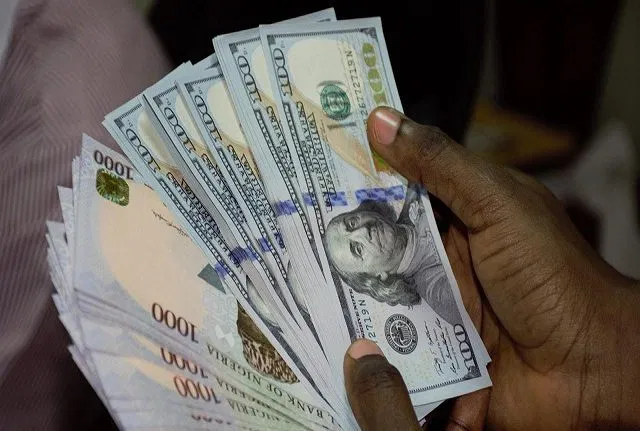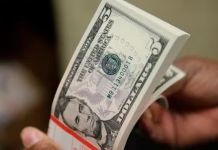The exchange rate at the parallel market fell to another new 3-year low closing at N472/$1 on Monday, July 20, 2020. However, on the officially recognized NAFEX market, the forex turnover increased by 4.5% while the exchange remained stable closing at N388.50/$1.
Table of Contents
ToggleExchange Rates
Parallel Market: At the black market where forex is traded unofficially, the Naira depreciated by N2 to a dollar to close at N472 to a dollar on Monday, according to information from Aboki FX a prominent FX tracking website. This is against the N470 to a dollar that it exchanged on Friday last week. An Independent check by Nairametrics research shows that the exchange rate sold as high as N473/$1 according to the FX tracker. Nairametrics collates parallel market exchange rates as far back as 2017.
NAFEX: The Naira remained stable against the dollar at the Investors and Exporters (I&E) window on Monday, closing at N388.50/$1, this was the same rate that was reported on Friday, July 17. The opening indicative rate was N388.40 to a dollar on Monday. This represents a 33 kobo drop when compared to the N388.07 to a dollar that was recorded on Friday. The exchange rate disparity between the official NAFEX rate and back market rate widened on Monday and is now a whopping N84.
Nigeria maintains multiple exchange rates comprising the CBN official rate, the BDC rates, SMIS, and the NAFEX (I&E window). Nairametrics reported a few weeks ago that the government had set plans in motion to unify the multiple exchange rate in line with requirements from the World Bank. Nigeria is seeking a world bank loan of up to $3 billion. The country has been under pressure from the International Monetary Fund and the World Bank for currency reforms.
Forex Turnover
Meanwhile, forex turnover at the Investor and Exporters (I&E) window recorded an increase on Monday, July 20, 2020, as it gained 4.5% day on day. According to the data tracked by Nairametrics, forex turnover increased from $37.04 million on Thursday, July 16, 2020, to $38.72 million on Friday, July 17, 2020. The low turnover which has still persisted, reaffirms the scarcity of dollars and also an indication of the liquidity pressure in the foreign exchange market. This is reflected in the non-improvement in exchange rate. The turnover also falls short of $200 million recorded at major trading days during the last few weeks.
Forex News
Nairametrics reported a few weeks ago that the CBN official rate has been adjusted from N360 to a dollar to N381 at its SMIS window where forex is sold to importers and SME’s.
Nairametrics had reported that the forex turnover at the NAFEX window where investors and exporters trade forex was about $1.57 billion between June 2020 and July 17, 2020, which falls short of demand according to reports. This is according to the daily market turnover data tracked from the website of the FMDQOTC within the last few weeks. The forex turnover has averaged $47 million over the last 32 days.
According to a recent report from FSDH research, the forex inflows into the I&E window reduced significantly in the second quarter of 2020 on the back of lower foreign portfolio inflows.
The attendant effect of COVID-19 on oil price has constrained the capacity of the Central Bank of Nigeria to intervene further in the forex market as dollar inflow continues to dwindle despite rising demand.
Bloomberg reported that Nigeria’s dollar shortage is getting worse with the naira weakening at the black market and banks restricting the spending limit of dollars by their customers abroad using naira debit cards.
An analyst at Investment one, Douye Mac-Yoroki, said, ‘’A lot of the challenges right now are due to a shortfall in liquidity. The Central Bank is holding on to as much dollars as it can, given that inflows are not coming the way they did previously. Customers who can’t obtain dollars from the Central Bank or other official sources are being forced into the parallel market, pushing the rate higher.’’
‘’A lot of pressure is piling up there, ‘’ he said.
The low forex inflow is primarily due to low remittances and low oil prices (which accounts for about 90% of the country’s foreign exchange earnings) triggered by the coronavirus pandemic. This is also compounded by the suspension of sales of foreign exchange to Bureau De Change (BDCs) operators.
Source: Naira














